How and how to feed lavender?
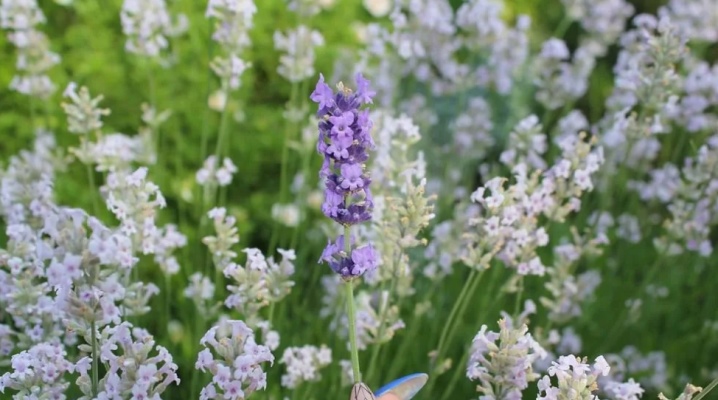
Lavender is a perennial plant that requires little maintenance. But to increase the decorativeness of this flower, it must be fed with high-quality fertilizers. Otherwise, the plant will be stunted, and its flowering will be poor.
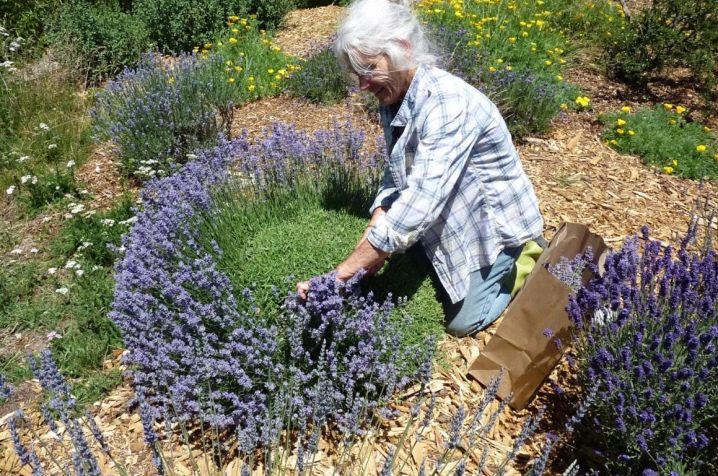
When is it necessary?
You need to feed lavender growing in the garden several times per season.
-
In the spring. At this time of the year, plants are fed with fertilizers with a high nitrogen content. It is best to use organic products at this stage. If you do not want to waste time on fertilizing, flowers can be mulched immediately after the snow melts. For this, humus or compost is usually used. The product is placed on the ground in a dense layer. In the future, during irrigation and after rain, nutrients will enter the soil. When mulching a plot, it is very important to ensure that the products used for this purpose do not come into contact with the plant stem. You shouldn't put compost in the soil next to lavender.
-
Summer. After the onset of summer, you should forget about nitrogen-containing dressings. At this time, it is recommended to pay attention to universal fertilizers. They are usually brought in before flowering. This helps to improve the appearance of the garden.
-
In the autumn. When lavender fades, it needs to be prepared for winter. Perennials are fed with products with a high content of potassium and phosphorus. Nitrogen fertilizers are also not used at this stage. This can reduce the winter hardiness of plants. After fertilization, it is recommended to insulate lavender. This should be done even in regions where winters are not too cold. Otherwise, the plant may die from the cold. The bushes are usually insulated with dry foliage or spruce branches.
-
When transplanting. Lavender bushes are rarely transplanted from place to place. This is usually done if the soil on the site is depleted, or the bush grows too much. When transplanting plants into the holes, it is worth adding a complex fertilizer. In this case, they take root faster.
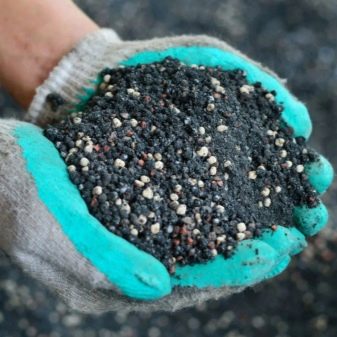
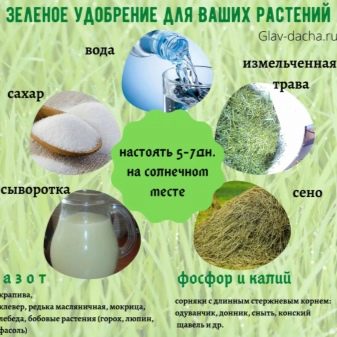
Many people grow lavender in pots or planters. Flowers growing in indoor conditions are fed every 12-14 days. Fertilizers are applied to the soil from mid-spring to late summer. Indoor flowers, as a rule, are fed with universal means. This allows them to be kept in good condition. After fertilizing, the lavender should be watered with warm water. It will do her good.
There are two ways to feed lavender.
-
According to the sheet. Foliar dressing is always applied in cloudy weather. If this is not possible, the plants are treated in the early morning or late evening. It is very important that the sun's rays do not fall on the foliage. This method of feeding is usually chosen if the plant needs a quick recovery.
-
At the root. It is recommended to combine root dressing with watering plants. In this case, nutrients will reach the roots faster.
These top dressing methods can be combined with each other.

What can be contributed?
There is a wide variety of fertilizers that can be used by those who want to grow beautiful lavender in their area. Different types of these dressings have their own peculiarities of use.
For growth
First of all, you need to decide what kind of feeding the flowers need for fast growth.
-
Urea. This product is white crystals without any odor. They dissolve perfectly in water.The product is non-toxic and does not damage plant foliage. The effect of using this tool will be noticeable in two days. The main disadvantage of urea is that it does not mix well with lime and ash. In addition, an overdose of this remedy can harm not only lavender, but also those plants that will be grown in its place in the future. But if you apply top dressing following the instructions, there will be no problems.
-
Sodium humate. Most often, the product is sold in liquid form. It is non-toxic and has a good effect on the growth and development of lavender. It is recommended to feed flowers with such fertilizer after winter. A weak solution of this product can also be used to treat the roots of young seedlings. This increases its resistance to most common diseases.
-
Wood ash. When choosing natural top dressing, you should pay attention to clean wood ash. This product improves the absorption of all nutrients. In addition, it makes plants more resistant to temperature extremes and various diseases. Ash serves not only as a quality top dressing, but also as a means of protecting against pests. The only drawback of ash is that it is incompatible with other fertilizers. Most often, ash is introduced in the form of a solution. But if there is no time to insist the product, it can be scattered dry on the ground. This can be done at any time of the day.
-
Eggshell. Another product that is often used to feed homemade lavender is eggshells. You can collect the right amount of products very quickly. Eggshells need to be dried and chopped. Immediately after that, it is introduced into the soil. It is especially convenient to feed lavender in this way, growing on too acidic soil.
Feeding the plants with drugs that stimulate the growth of lavender should be done carefully. If too much fertilizing is used, the plant will grow quickly. Therefore, it will not bloom so actively in the future.
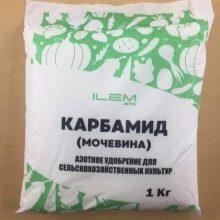
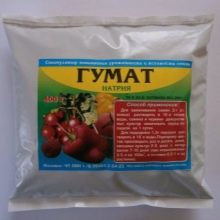

For flowering
Top dressing for lush flowering is usually applied to the soil in the spring. At this time, the plant needs products containing potassium and phosphorus. The first element contributes to the rapid formation of buds. The second one increases the immunity of plants.
During this period, lavender is fed with the following foods.
-
Nitrofoska. This tool is familiar to most gardeners and gardeners. It contains in the right quantities all the elements that plants need to gain green mass and growth. The chemical quickly improves the quality of the soil. It dissolves well in water. The product is not dangerous for people. For feeding lavender, it is recommended to buy a product produced in sulfate form. The same goes for other colors.
-
Superphosphate. This product is available in the form of granules or powder. The first option is cheaper, but the second is more efficient. The product not only stimulates the flowering of lavender, but also slows down the aging process. Plants absorb it very quickly.
-
Fertika. This versatile fertilizer dissolves easily in water. It saturates the soil with a lot of nutrients. After applying top dressing, the flowering period of lavender increases. In addition, its foliage becomes more vibrant. This product is good because it can be used to feed not only flowers, but also other plants or shrubs. Such a drug is stored for a long time. But he also has his minus - the agent is quite toxic. Therefore, in the process of using it, you must take precautions. It is very important to protect the skin and the respiratory tract.
-
Agricola. A modern preparation is used for feeding both indoor flowers and plants grown in the open field. It can be applied both at the root and on the sheet. It should be remembered that this top dressing contains too much nitrogen.Therefore, since the second half of summer, lavender is no longer fed with this remedy.
-
Rossa. This is another versatile preparation that can be used to feed aromatic lavender. The product is dissolved in warm water and added to the soil according to the instructions. Both adult plants and seedlings can be processed with such a tool.
By correctly combining these products, you can achieve long and abundant lavender bloom in any area.
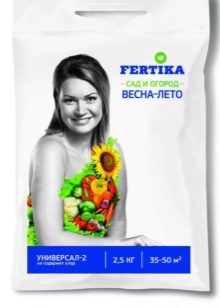
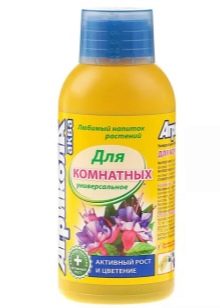
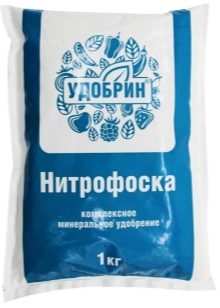
The consequences of improper feeding and their absence
Many growers refuse to fertilize the soil. But not everyone knows what this can lead to. As a rule, the lack of feeding leads to the following consequences.
-
Delayed development. Lavender develops slowly without top dressing. Therefore, even naturally large bushes can be weak and frail. Such flowers very often clog other plants.
-
Lack of colors. Shrubs planted on a site with poor soil very often do not bloom. And if this happens, the buds are small and quickly fall off.
-
Pale color of the leaves. The foliage of weakened plants is usually light in color. This also spoils the appearance of adult flowers. Usually, a lack of nitrogen affects the color and size of foliage.
-
Poor immunity. If lavender is not fed at all, it will not be resistant to disease and pest attacks. Therefore, the plants will often get sick.
-
Poor resistance to temperature changes. If lavender lacks nutrients, burns will often occur on its foliage. In addition, it will be much more difficult for the plant to adapt to the winter cold.
In general, without all the necessary dressing, lavender will not look as beautiful as expected, and its "life" will be rather short. Therefore, you should not ignore the process of applying top dressing to the soil.

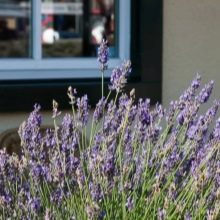
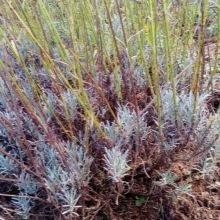







































































































The comment was sent successfully.